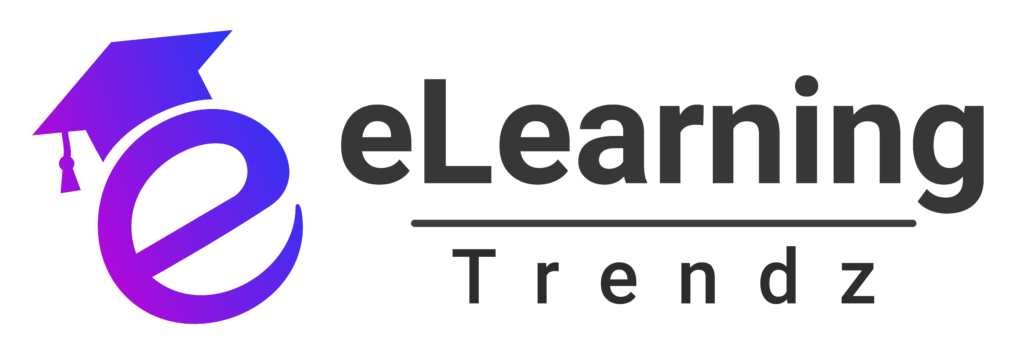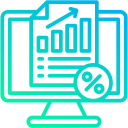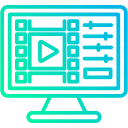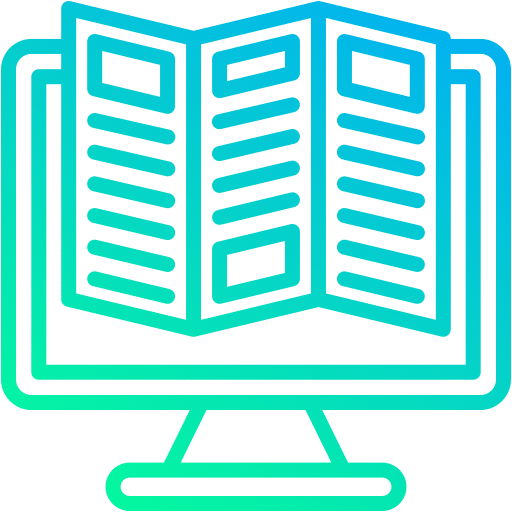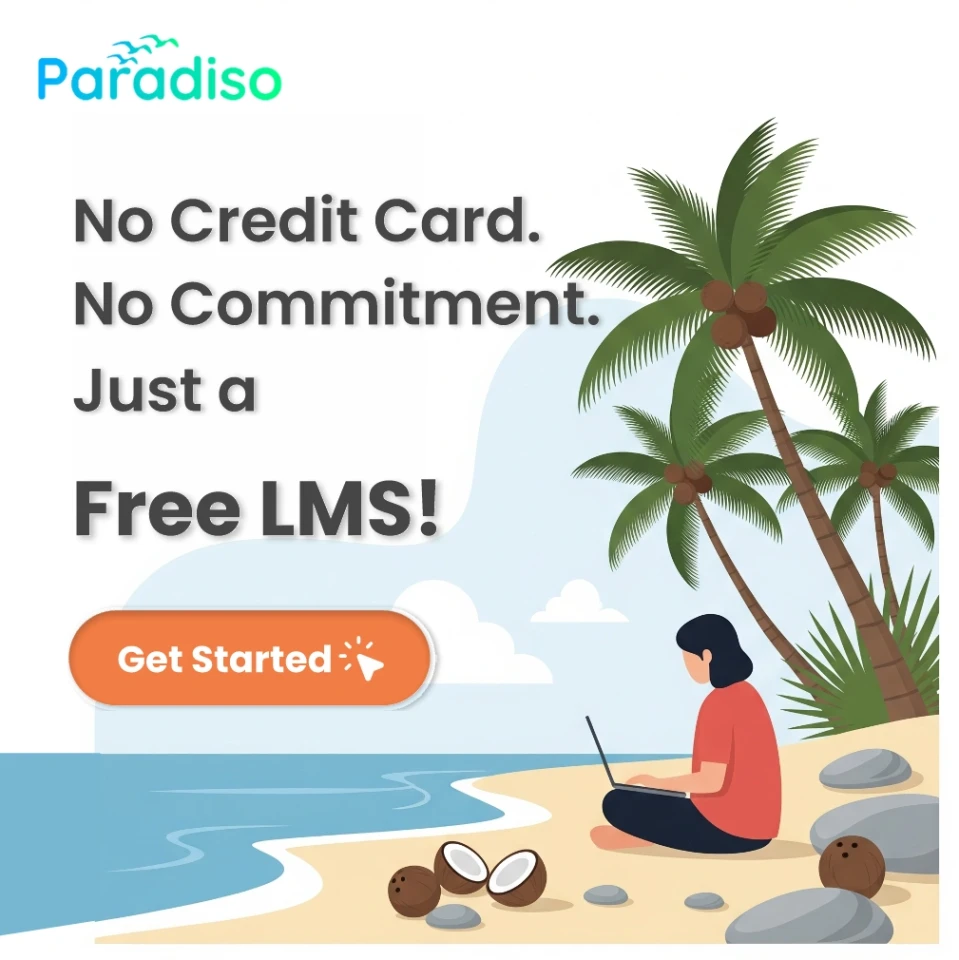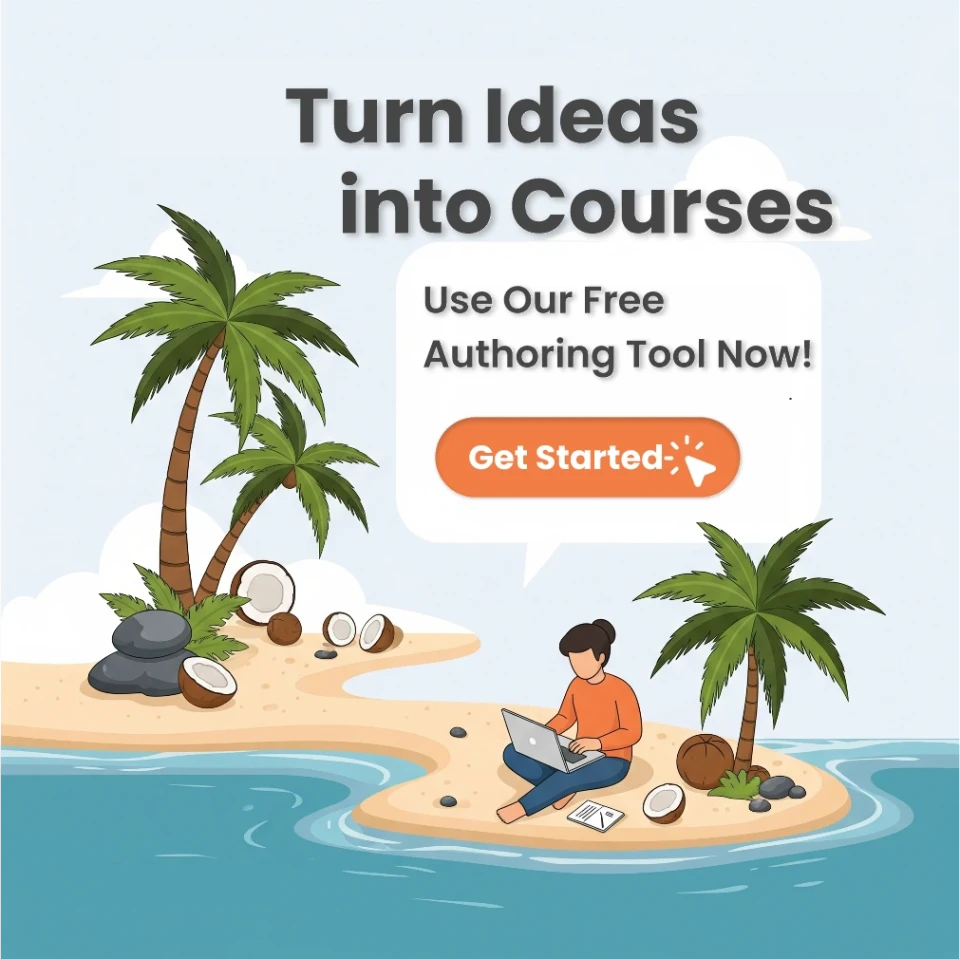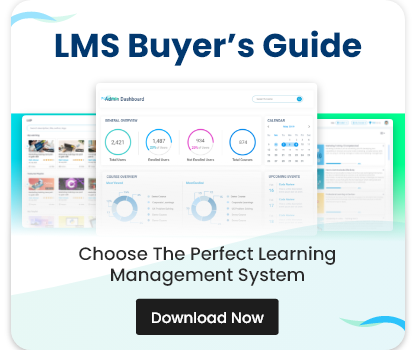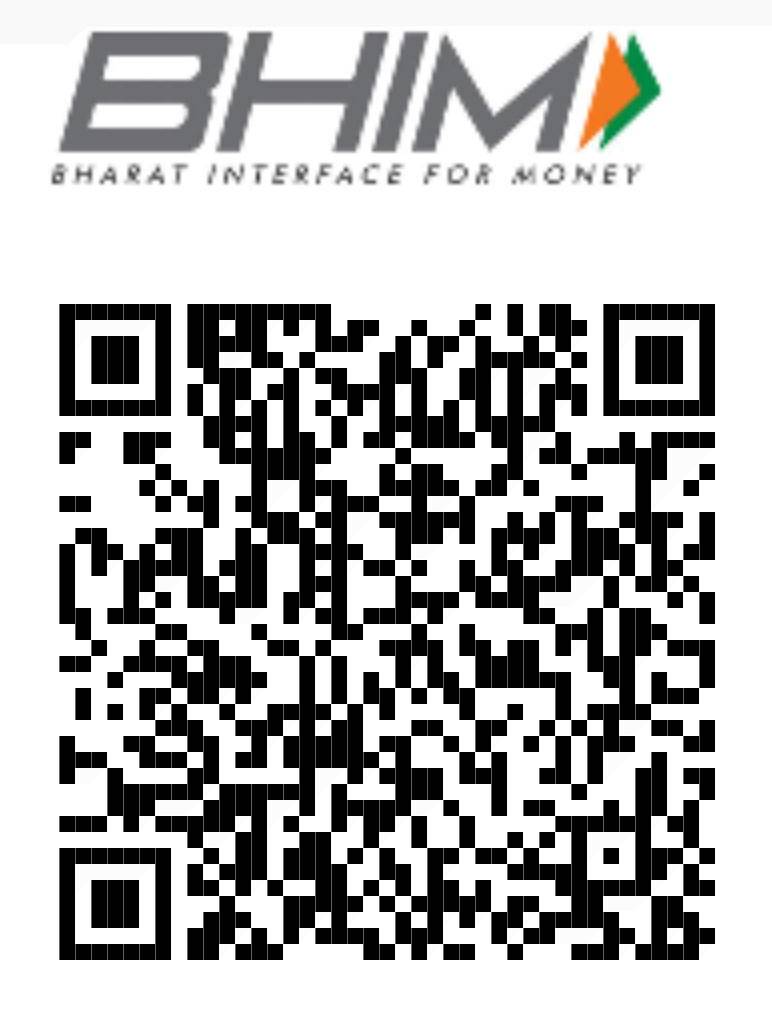The Evolution of Digital Learning
E-learning has evolved from simple, slide-based lessons to data-driven, interactive experiences that actively engage learners. What once relied heavily on static PowerPoint presentations has now shifted toward standards like SCORM (Sharable Content Object Reference Model)—frameworks designed to make learning measurable, trackable, and adaptive across different systems.
Choosing between these formats isn’t just a technical decision—it’s strategic. The right approach depends on your organization’s goals, learner expectations, and available tools. For budget-conscious teams, free eLearning authoring tools such as H5P, an open-source platform for interactive content, and CogniSpark AI, a free AI-powered authoring tool, offer the best of both worlds. CogniSpark AI, in particular, automates course generation and helps transform PowerPoint slides into structured, trackable e-learning modules—no technical expertise required.
PPT-Based Learning: Fast, Familiar, and Functional
Why It Still Works
PowerPoint continues to be a reliable choice for educators, trainers, and organizations because of its ease of use and quick deployment:
- Simple to create and update with minimal technical skills
Familiar to most users, ensuring rapid adoption
Supports multimedia—videos, images, animations—for visual appeal
Excellent for lectures, updates, or quick onboarding sessions
Ideal for rapid rollouts where interactivity is not a primary goal
Where It Falls Short
Despite its accessibility, PPT-based training has clear limitations:
Limited learner engagement and interactivity
Linear flow that discourages active participation
Overly text-heavy slides may cause disengagement
Lacks analytics and tracking capabilities
Offers inconsistent experiences across different LMS platforms
To enhance its impact, PowerPoint lessons often need external tools or integrations that make learning more interactive and measurable.
SCORM Compliance: Powering the Next Generation of Learning
SCORM is a set of technical standards that ensures digital learning content works consistently across Learning Management Systems (LMS). It allows you to create, deploy, and track e-learning modules seamlessly—no matter the platform.
Key Advantages
Advanced tracking: Measures learner performance, time, and completion accurately
Content reusability: SCORM modules can be reused across multiple LMSs
Cost efficiency: Saves development time and simplifies updates
Interactive design: Supports gamification, quizzes, and branching scenarios
Personalized learning: Leverages learner data for adaptive experiences
Challenges to Consider
Developing SCORM content requires technical skill
Older LMS versions might face compatibility issues
Continuous updates are needed to maintain compliance
Can demand more time and resources than simpler PPT courses
Organizations should assess their infrastructure, scalability goals, and content development capacity before implementing SCORM-based training.
PPT and SCORM: Better Together in Modern LMS Platforms
Forward-thinking organizations don’t see PPT and SCORM as rivals. Instead, they blend both strategically using platforms like Paradiso LMS, which support dual-format integration—leveraging PowerPoint’s speed and SCORM’s analytical depth.
PPT Integration: Quick and Simple
-
Direct upload of PowerPoint files with preserved design
-
Auto-play and basic completion tracking
-
Ideal for compliance or introductory sessions
-
Trade-off: Limited analytics compared to SCORM
SCORM Integration: Detailed and Dynamic
-
Offers robust learner analytics and performance tracking
-
Works seamlessly across different systems
-
Trade-off: Requires longer development time and higher production costs
Bridging the Gap with AI-Driven Tools
AI is redefining how e-learning content is created. CogniSpark AI, a free eLearning authoring tool, bridges the gap between PPT simplicity and SCORM sophistication by automatically converting PowerPoint slides into SCORM-compliant modules.
Key Benefits Include:
Zero-cost conversion: Achieve SCORM compliance without paid software
Automation: Simplifies technical steps and reduces manual work
Value retention: Keeps your existing PPT library relevant
Faster development: Speeds up course creation from slides to modules
Building a Balanced Learning Strategy
A hybrid content strategy is often the most effective path forward. Use PowerPoint for rapid updates, announcements, and onboarding. Rely on SCORM for certification programs, advanced training, and courses that require measurable learning outcomes.
To maintain quality across formats, establish clear governance guidelines—when to use PPT, when to use SCORM, and how to standardize analytics and performance tracking.
To explore what’s next in e-learning, check out 5 Key Trends for Elearning Authoring Tools and see how AI and automation are shaping the industry’s future.
This automation-first approach empowers organizations to scale their e-learning without adding cost or complexity.
Final Thoughts
PPT-based learning excels in accessibility, familiarity, and speed, while SCORM-based courses deliver data, structure, and interactivity. Instead of choosing one over the other, the smartest approach blends both—using PowerPoint for agility and SCORM for accountability.
And with AI-Powered authoring tools like CogniSpark AI, even small teams can modernize their existing training materials into SCORM-compliant modules effortlessly—turning static slides into dynamic, measurable learning experiences.
